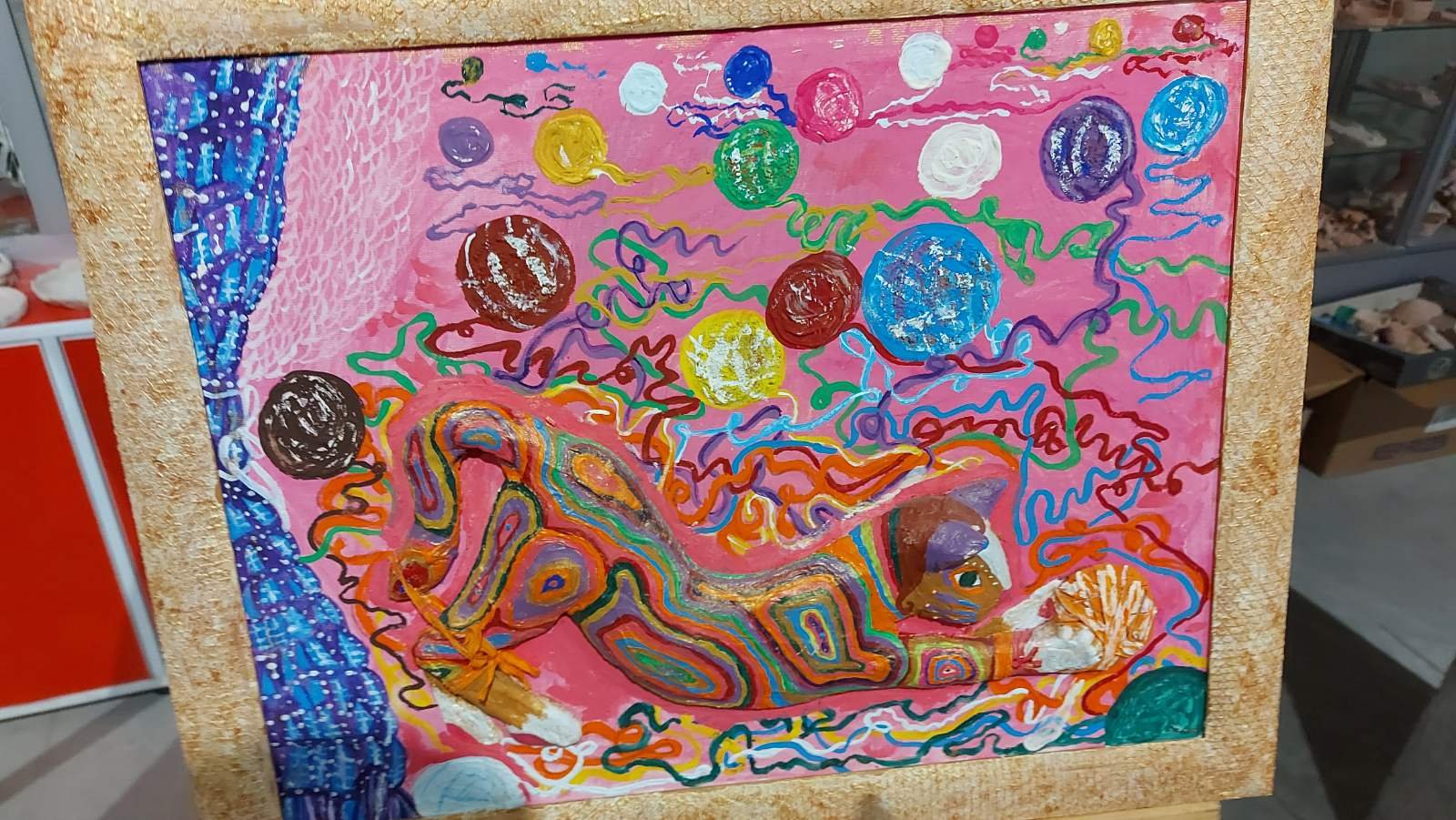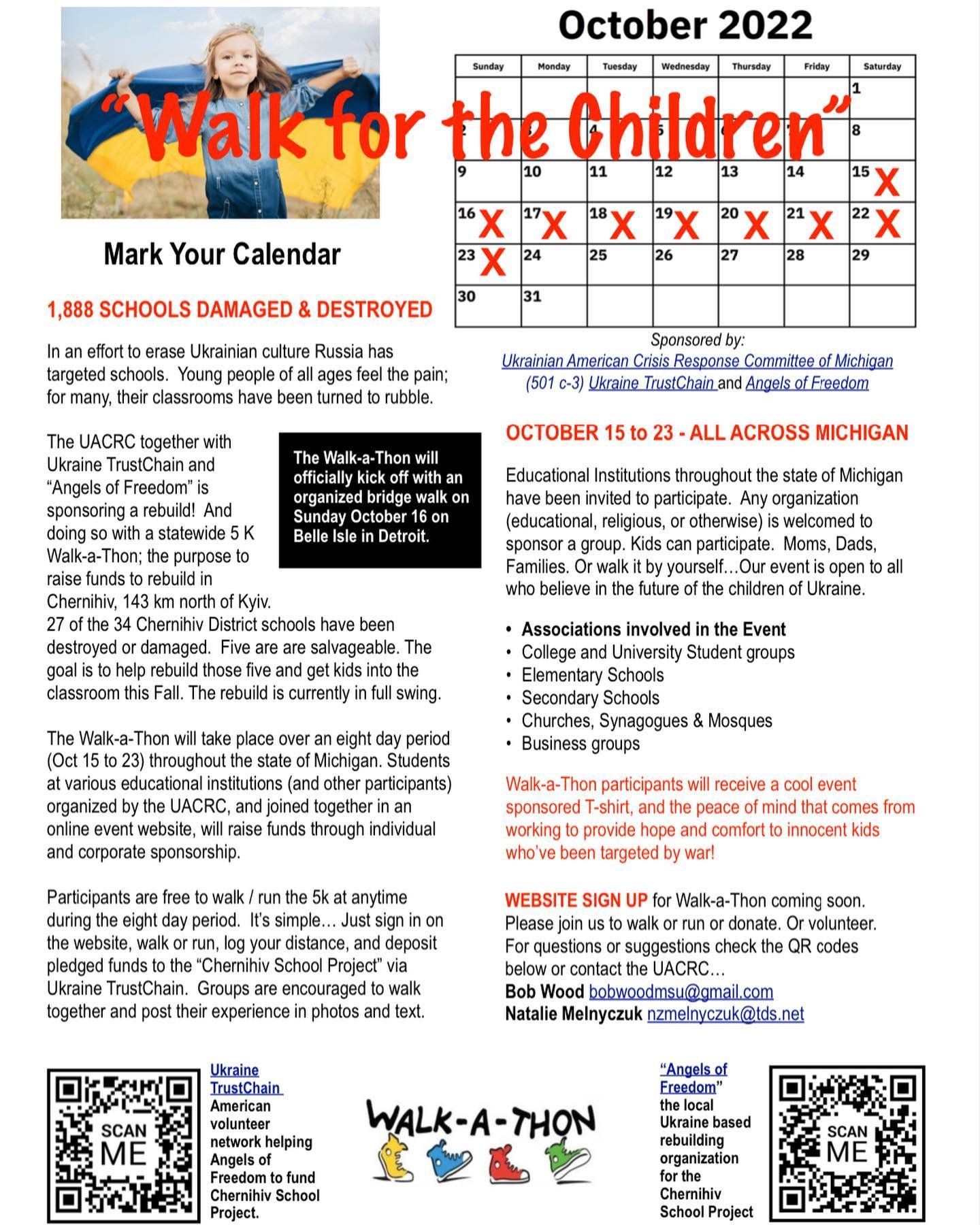September 21, 2022
44,296 people evacuated from danger to date
713 people evacuated this week
Last week despite fierce artillery cannonade raging close by, a number of our teams have pushed significant shipments of aid into the newly liberated areas of the Kharkiv region. The events follow the pattern we already saw in early April (see newsletters from April 5 and 12), when our teams entered the devastated suburbs of Kyiv. Many of the volunteer teams still in operation quickly bring in the food, candles for homes without electricity, generators and powerbanks so that people can connect with their loved ones, and everything else needed to meet the urgent needs. The arrival of the volunteers is also important psychologically — people from liberated areas reconnect with Ukraine through their interactions with the volunteers.
These efforts require sustaining current support and deploying additional resources. We are extremely grateful to those that continue to send donations. Although our future funding is uncertain, it is critically now important to bring in more resources into the liberated areas and to continue supporting the population living on the active frontlines of Eastern and Southern fronts as we transition to colder weather and the new stage of this brutal war.
Ukraine Team Milestones
Timur and his team were one of the first to make it into Balakliya. They were immediately overrun by a crowd of local people who had been living under the occupation. Although roads to and from these regions are riddled with mines, Timur’s team promised to return with more aid, flashlights, and candles since the power supply in the region is unstable. Overall, Timur’s team delivered 1,800 packages of aid to areas like Balakliya, Pechenihy, Chuhuiv, and Tishki. The team also continues to serve the Saltivka districts in Kharkiv by delivering hygiene, aid, and food to seniors and children. Over 500 packages were delivered to the regular distribution lists.
The head of the Kharkiv branch Serhiy, of Dina Tkachenko’s Free People - Free Country foundation, has made two daring trips to Kupiansk. Kupiansk was a key transportation hub for Russia, and swift liberation of this town was instrumental in routing Russian forces in the entire Izium area. We are working on captioning of the longer videos Serhiy posted on his social media. Though the city is liberated, it is under continuous shelling and heavy firefights continue to erupt in its vicinities.
Meanwhile Dina’s teams in other cities continued to help displaced families. Last week, her team helped 1,912 families outside of the Kharkiv region.
Yulia, one of Dina’s volunteers, distributed aid in Kremenchyk to refugee families.
Karina’s team attempted to deliver aid to Izium. But earlier in the week, the civilians were not yet allowed to enter liberated areas. Karina’s team arranged aid delivery with the military units.
Additionally, Karina’s team organized the delivery of generators into the bomb shelters in the active battle zone east of the official front line in the Kharkiv region. Medical supplies and generators went to Bahmut and Kramatorsk — cities that continue to fend off daily, desperate attacks by Russian forces ordered to retake the Donetsk region at any cost.
Natalia Mitsuta loaded and escorted 6 tons of aid to the city of Pokrovsk and its vicinities. Earlier in the week a massive Ruscist artillery strikes destroyed 40 residential buildings in Pokrovsk, and Natalia delivered help to these families. She came back from her mission on Sunday and, as we are typing up this report, is already heading back to the liberated areas. Another 3-ton truck of aid was loaded and sent to the Mykolyiv region.
Inna Kampen’s group continued their large scale operations delivering more than 36.6 tons that went to 8,650 people. Some of the distributions included delivery of 9.3 tons of aid into the Kharkiv region and 4 tons of aid to Nikopol that continues to suffer from ongoing artillery strikes from across the Dnipro River. 1.7 tons were pushed into locations in the so-called red zones areas of active fighting with substantial enemy presence nearby.
Chuhuiv, Inna Kampen’s team aid distribution
Pavel’s evacuation routes continued to operate on accelerated schedule. His teams evacuated 622 people including 200 children. Some of these evacuations include harrowing missions of evacuating families that have lost family members in the battlefield. In the meantime, Pavel continued to provide drinking water in the “grey zones” around the Mykolayiv area and prepare additional humanitarian convoys to the Donbas region.
Kseniia’s team traveled to Dusseldorf, Germany, to present an art installation and fundraise for the military. Meanwhile Ukraine TrustChain supports Kseniia’s humanitarian relief projects, her satellite teams in Kharkiv and the occupied territories. More roof repairs were completed in Zahaltsy, a village where Ukraine Trustchain has supported the purchases of essential roof repair materials since July.
This week we received limited information from Andriy’s Pomahaem foundation. The group facilitated the evacuation of 22 people to Germany and Austria, while the team’s shelters continued to house 166 people.
Olga Chizhova who spearheaded the effort to repair schools in Chernihiv continued to distribute supplies, delivery of which was sponsored by UTC. School supplies remain a critical need in multiple parts of the country and we continue to look for partners and ways to provide help to the schoolchildren, especially of refugee families in central Ukraine.
Oleksandr’s teams continue to help Ukrainians across the country, including in the occupied territories. Below is a brief summary of some of the teams’ efforts.
In Lutsk, Oleksandr’s Zhalovago’s group went to the Medical Innovation Center and brought over 250 decompression needles for doctors’ backpacks. Zhalovago himself organizes and performs art therapy with children who are displaced.
In Odesa, Sandra Spars and her team continue to feed refugees at the city train station. The team makes arrangements with the train station management to find out in advance when refugees will arrive, and prepare food for them. On the 15th of September, they prepared food for 100 evacuees.
Volunteers Oksana and her husband brought 820 kilograms of humanitarian aid from Warsaw to distribute to internally displaced persons.
Tetiana and her team distributed aid in Nosachev, a village near Smila, and in Smila itself. They distributed help to 80 families, providing each with enough food to last for a little over a week.
How to Help
Donate - The money goes directly to teams providing aid on the ground, who respond dynamically to the most urgent needs.
Fundraise - Organize fundraisers at your school, work, place of worship, with friends and family, etc.
Spread the word - Share our website, Facebook, Instagram, Twitter, or LinkedIn with your friends, family, and colleagues.
Fill out this form if you’re interested in volunteering with us, and we’ll let you know when opportunities come up.
Download and print our flyer. Ask your local coffee shop if you can add it to the bulletin, or use it as part of your fundraiser.













